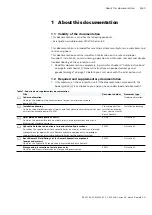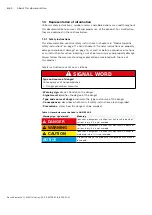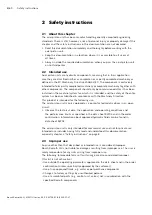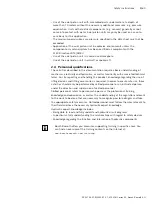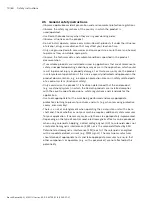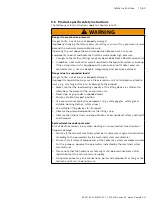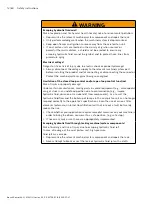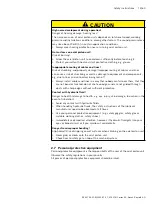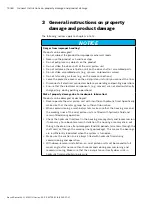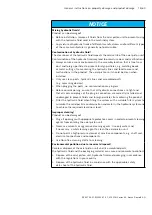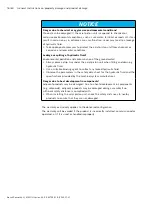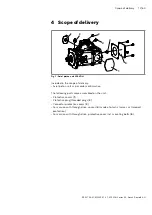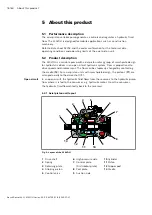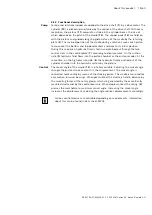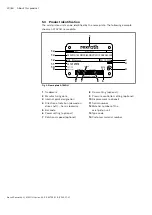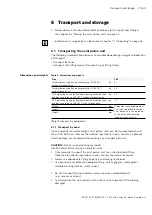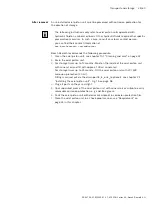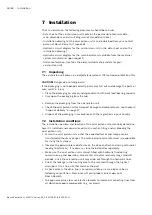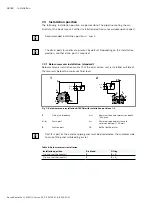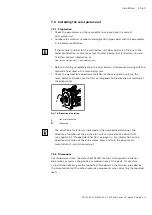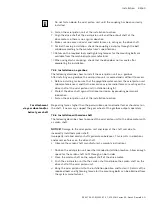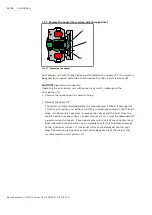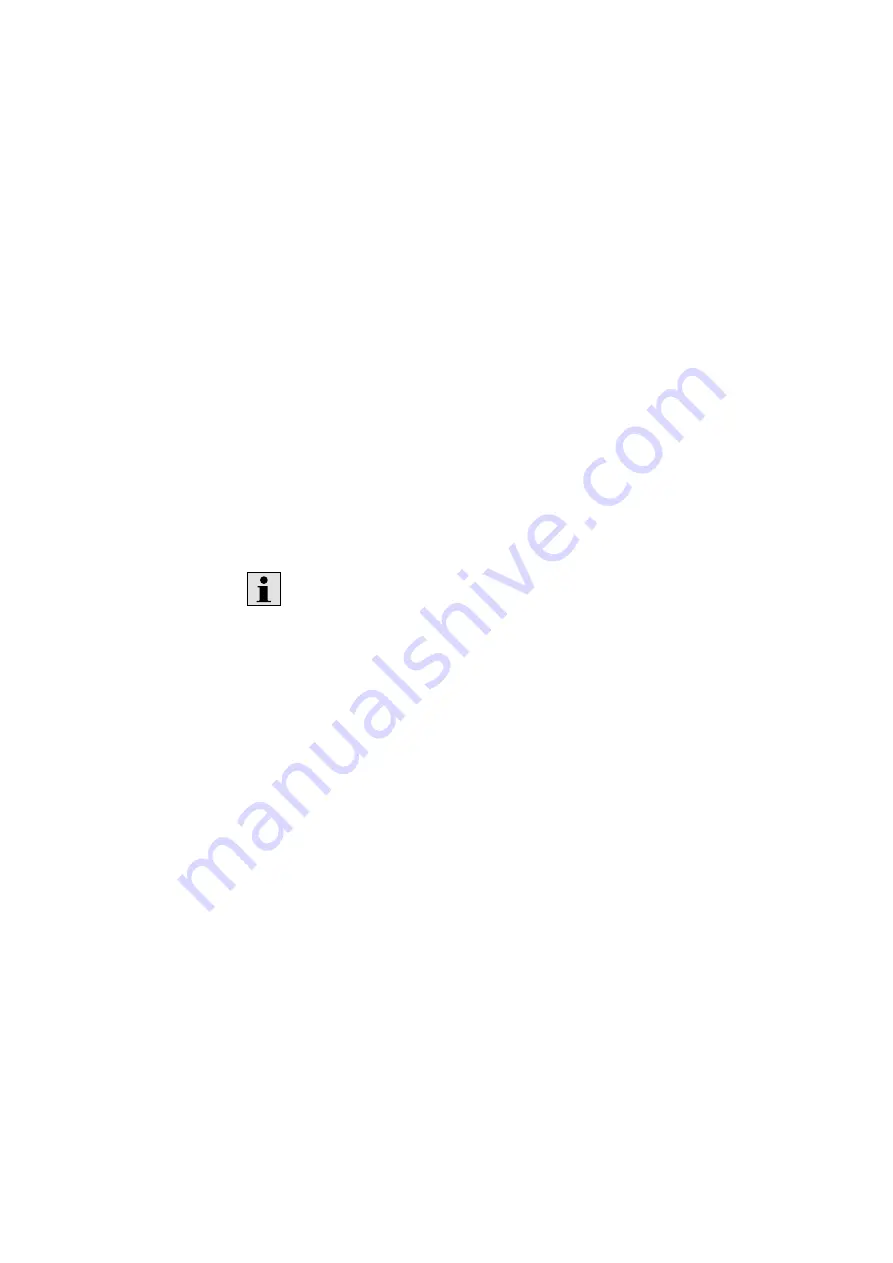
About this product 19/60
RE 92704-01-B/2020-01-21, A10VOH Series 60, Bosch Rexroth AG
5.2.2 Functional description
Torque and rotational speed are applied to the drive shaft (
1
) by a drive motor. The
cylinder (
10
) is picked up and turned by the splines of the drive shaft. With every
revolution, the pistons (
11
) complete a stroke in the cylinder bores, the size of
which depends on the pitch of the cradle (
13
). The slipper pads (
12
) are held on
with the pistons and guided along the glide surface of the cradle by the retaining
plate (
3
). The inclined position of the cradle during a rotation causes each piston
to move over the bottom and top dead centers and back to its initial position.
During this sequence, hydraulic fluid is fed in and drained out through the two
control slots in the control plate (
7
) according to displacement. On the suction
side (
9
) hydraulic fluid flows into the piston chamber as the piston recedes. At the
same time, on the high-pressure side (
6
) the hydraulic fluid is pushed out of the
cylinder chamber into the hydraulic system by the pistons.
The swivel angle of the cradle (
13
) is infinitely variable. Adjusting the swivel angle
changes the piston stroke and, with it, the displacement. The swivel angle is
controlled hydraulically by means of the stroking piston. The cradle is mounted for
easy motion in swivel bearings. When pressurized, the cradle is held in balance by
the swiveling forces of the rotary group, which are generated by the eccentrically
mounted cradle and by the control pressure. When depressurized, the spring (
2
)
presses the swashplate to maximum swivel angle. Increasing the swivel angle
increases the displacement; reducing the angle reduces displacement accordingly.
Various control devices are available depending on requirements. Information
about this can be found in data sheet 92704.
Pump
Control

